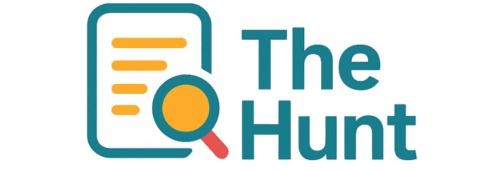If you’re interested in using an Apple Watch for an electrocardiogram, you’re probably wondering how to set it up. First, make sure you update your phone to the latest version of iOS and install the Apple Health app. From there, you’ll need to enter your date of birth and take your first ECG reading. After that, you’ll be able to take readings whenever you want.
The ECG feature in the Apple Watch has the potential to save lives. The device has a wide range of health-monitoring capabilities, including an electrical heart rate sensor and fall detection. The Apple Watch uses electrodes built into its Digital Crown. Its ECG app can detect and classify a person’s heart rhythm in about 30 seconds. It also stores the recordings in a PDF file. However, users should not expect the Apple Watch to be able to predict a future heart attack.
While the Apple Watch ECG is an important health tool, it shouldn’t be used as a toy or a substitute for a hospital-quality electrocardiograph machine. A traditional hospital ECG involves ten electrodes and provides information about 12 different areas of the heart. The ECG on the Apple Watch is similar to that of a single-lead machine.
With an Apple Watch, you can conduct a single-lead electrocardiogram using its built-in ECG app. The ECG readings take 30 seconds and are displayed on a heart rhythm strip. In addition, the Apple Watch allows you to add symptoms to the reading, and the results can also be emailed to your doctor.
The Single-lead ECG feature is useful for detecting atrial fibrillation, a common condition caused by irregular heart rhythms. According to the US Centers for Disease Control and Prevention, approximately 6.1 million people are living with atrial fibrillation in the U.S., and the number is expected to increase as the population ages. This is a major health concern for people with a heart condition, and the single-lead ECG feature on the Apple Watch will give you the chance to take action when it happens.
Apple Watch ECG technology raises privacy and safety concerns. These wearable devices collect and store information without the consent of patients. The resulting data could identify an individual and could be used to diagnose serious health conditions. As a result, using this technology has caused a stir among healthcare professionals.
Apple markets the ECG as a wellness feature and has obtained FDA clearance. However, this feature does not have the same level of regulation as other Apple products. This is partly because Apple was required to prove that it worked as advertised, and the blood oxygen sensor did not need FDA clearance.

